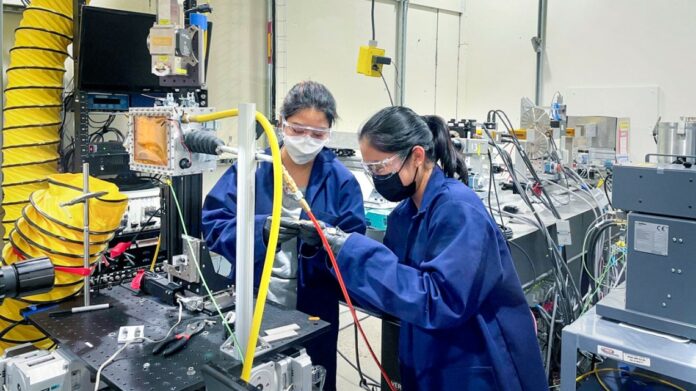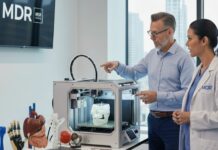
To prevent changes in the microstructure of metals during the 3D printing process, researchers from Cornell University have developed a method to precisely control metal solidification and its transformation.
“A major problem is that most of the materials we print form column-like structures that can weaken the material in certain directions,” said senior author Atieh Moridi, assistant professor and an Aref and Manon Lahham Faculty Fellow in the Sibley School of Mechanical and Aerospace Engineering, in Cornell Engineering. “We discovered that by adjusting the composition of the alloys, we can essentially disrupt these column-like structures and make a more uniform material.”
By adjusting the relative amounts of manganese and iron in their starting material, the team disrupted columnar grain growth, significantly reduced grain size and improved the yield strength of the finished metal.
“Microstructural features, like grain size, are the building blocks that govern material performance and properties” Moridi said. “The material composition controls the phase stability, which was the key for us to control the microstructure.”
The column-like grain structures form and grow in just a fraction of a second during the phase change in the printing process, which is why scientists had previously struggled to study this phenomenon, said the study’s first author, Akane Wakai, Ph.D. ’24.
“The difficult part was trying to resolve these very short spans of time where the material goes from liquid state to solid state,” Wakai said. The final product has no fingerprint of its earlier state, so it is like trying to figure out what a snowflake looked like from a drop of melted water.
The team overcame this roadblock by utilizing the Cornell High Energy Synchrotron Source to obtain fraction-of-a-second data about their materials during the printing process. In the best-performing sample, Moridi said, “we found evidence of an intermediate phase that can help disrupt those column-like grains and refine the grain structure.”
Understanding the material properties of the starting alloy and resulting phase changes could represent a new foundation for choosing metal for 3D printing.
Remember, you can post job opportunities in the AM Industry on 3D ADEPT Media free of charge or look for a job via our job board. Make sure to follow us on our social networks and subscribe to our weekly newsletter : Facebook, Twitter, LinkedIn & Instagram! If you want to be featured in the next issue of our digital magazine or if you hear a story that needs to be heard, make sure to send it to contact@3dadept.com





